The Essential Guide to Choosing Lacrosse Wrist GuardsThe Essential Guide to Choosing Lacrosse Wrist Guards
Consider the Type of Lacrosse You Play When Choosing Wrist Guards
The type of lacrosse you play is a key factor in determining the right wrist guards for your needs. Field lacrosse, such as men’s and women’s lacrosse, requires maximum protection on the wrists from checks and contact. Look for rigid plastic shells covering the vulnerable wrist bones from all angles. Box lacrosse and indoor lacrosse involve constant physical contact with walls, sticks, and other players in a confined space. Prioritize flexible yet sturdy wrist guards that allow a full range of motion for handling the stick while shielding from bruising impacts. If you play goalie, look for extended cuffs and thicker padding to protect against the high velocity shots you’ll face. Women tend to have more narrow wrists than men, so be sure to buy women’s specific guards for a contoured fit if needed. The level of play is also important – elite travel teams and high school varsity players may want more heavy-duty protection than a casual youth league player just learning the game. Ultimately the wrist guards that work best depend on your position, league rules, age level, and whether you play an indoor or outdoor version of this fast-paced, high intensity sport. Doing your homework on the demands of your specific version of lacrosse is step one towards getting the right protective gear.
Determine Your Protection Needs When Selecting Lacrosse Wrist Guards
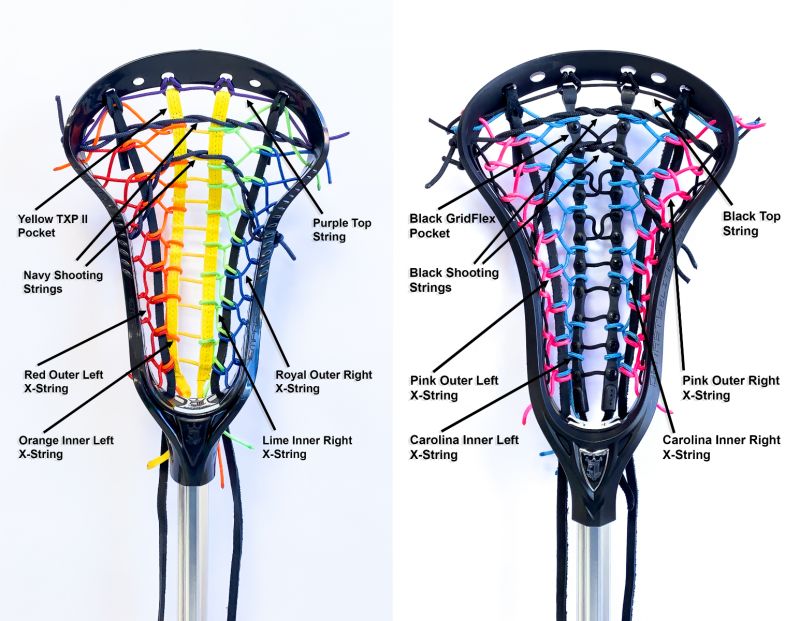
The amount of protection you need is another key factor when choosing lacrosse wrist guards. Consider your position – midfielders and attackmen who handle frequent checks need maximum shielding on the vulnerable outer wrist and forearm area. Defenders also take a beating with their sticks on crosses and blocks, warranting sturdy wrist guards. Goaltenders have a high risk of injury from the sheer velocity of shots, making rigid cuffs that encase the entire wrist and forearm essential. Even players who don’t take direct checks like forwards benefit from wrist guards as protection from incidental contact and bruising during scrums or loose ball battles. Beyond position, your age and size are important – younger players with developing bones and muscles require more protection than physically mature athletes. Smaller players are also more susceptible to injury when facing larger opponents. The competitive level of your league should be weighed as well – an elite travel team player faces more intense game action than a local youth house league. If you’ve sustained wrist injuries in the past, opt for guards with thicker padding or plastic shells to prevent re-injury. Consider how frequently you play too – everyday use requires greater durability and protection than occasional play. Taking the time to realistically assess your protection needs based on your lacrosse-specific risks will ensure you get guards that offer necessary protection without unnecessary bulk.
Choose Between Hard and Soft Shell Lacrosse Wrist Guards
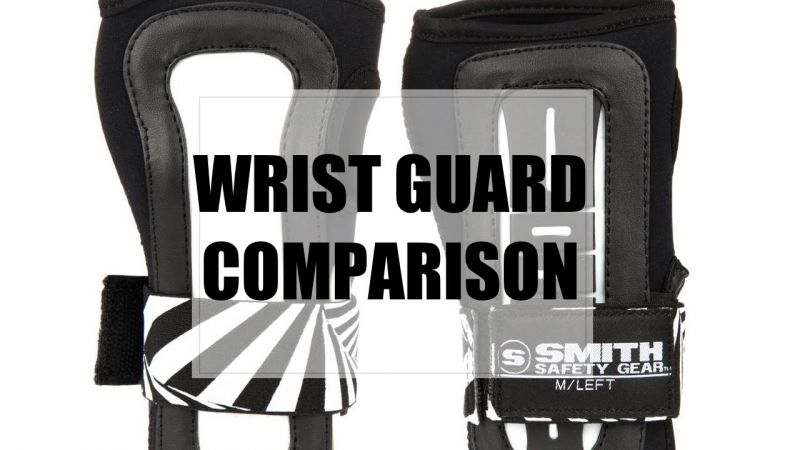
When shopping for lacrosse wrist guards, you’ll have to decide between models with hard outer plastic shells or soft padded protection. Hard shell guards provide the ultimate protection, using rigid plastic exteriors to shield the vulnerable wrist bones and tendons from direct checks and collisions. They tend to feature thick foam or gel padding underneath the plastic for comfort. Hard shells are ideal for positions like defensemen and goalies who take the brunt of constant physical contact. The solid exterior better withstands the wear and tear from repeated impacts as well. Downsides are reduced breathability, mobility, and flexibility compared to soft guards. Soft shell guards offer padding without the exterior plastic shell. High density foam or compression sleeves cushion the wrist against bruising while maintaining breathability. Soft guards allow for more dexterity in stick handling and passing. The lack of rigid exterior does sacrifice some protection, so soft guards work best for players looking for moderate shielding during incidental contact. Many guards feature a hybrid design with plastic shields over high impact zones like the wrist bone and soft fabric in flexible areas for the best of both worlds. Consider your position, the amount of contact in games, and the need for dexterity when choosing between the armored protection of hard shells versus the flexibility and comfort of soft shell padding.
Look for Adjustable Straps When Selecting Lacrosse Wrist Guards
Position-Specific Wrist Guard Considerations
- Goalies: Look for extended cuffs and thicker padding to withstand high-velocity shots
- Women players: Consider women-specific guards for a more contoured fit
- Elite and varsity players: Prioritize heavy-duty protection
- Youth league players: Focus on comfort and basic protection
Are there specific rules regarding wrist guards in your league? It’s essential to check league regulations to ensure your chosen wrist guards comply with official standards. This step can save you from potential penalties or the need for last-minute equipment changes.
Assessing Your Protection Needs for Lacrosse Wrist Guards
The level of protection required in lacrosse wrist guards varies based on several factors. Your position on the field is a primary consideration. Midfielders and attackmen, who frequently handle checks, need maximum shielding on the outer wrist and forearm area. Defenders, subjected to intense stick action during crosses and blocks, also require sturdy wrist protection.

Goaltenders face a high risk of injury due to the sheer velocity of shots, making rigid cuffs that encase the entire wrist and forearm essential. Even players in less contact-heavy positions benefit from wrist guards as protection against incidental contact and bruising during scrums or loose ball battles.
Factors Influencing Protection Needs
- Age and physical development
- Player size relative to opponents
- Competitive level of the league
- History of wrist injuries
- Frequency of play
How does your playing style affect your wrist guard needs? Aggressive players who frequently engage in physical contact may require more robust protection compared to those who primarily focus on stick handling and passing.
Hard Shell vs. Soft Shell Lacrosse Wrist Guards
When selecting lacrosse wrist guards, you’ll encounter two main types: hard shell and soft shell. Hard shell guards offer superior protection with rigid plastic exteriors that shield vulnerable wrist bones and tendons from direct checks and collisions. These guards typically feature thick foam or gel padding underneath for comfort.
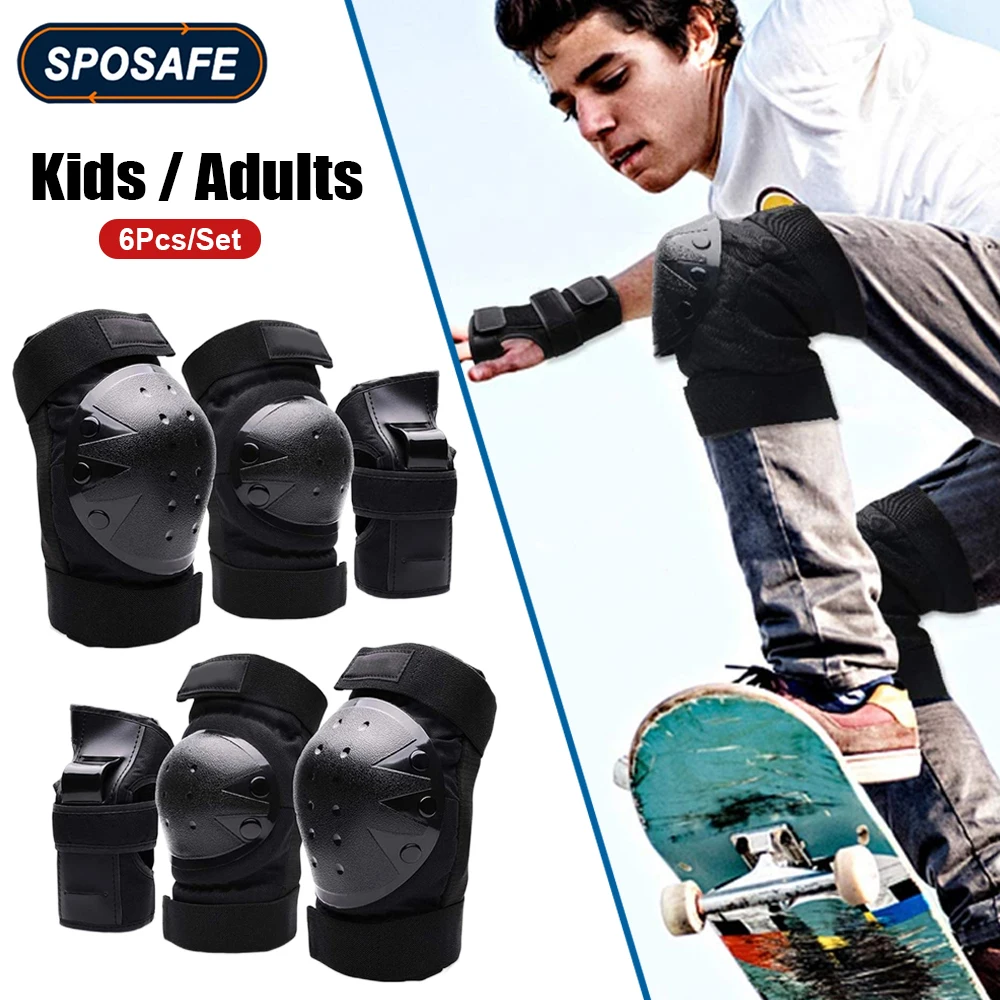
Soft shell guards prioritize flexibility and breathability. They use high-density foam or compression sleeves to cushion the wrist against bruising while maintaining dexterity for stick handling. While they sacrifice some protection, soft guards are ideal for players seeking moderate shielding during incidental contact.
Comparing Hard and Soft Shell Wrist Guards
| Feature | Hard Shell | Soft Shell |
|---|---|---|
| Protection Level | High | Moderate |
| Breathability | Low | High |
| Flexibility | Limited | High |
| Durability | High | Moderate |
| Ideal for | Defensemen, Goalies | Midfielders, Attackmen |
Can hybrid designs offer the best of both worlds? Many manufacturers now offer wrist guards that combine plastic shields over high-impact zones with soft fabric in flexible areas, providing a balance of protection and mobility.
The Importance of Adjustable Straps in Lacrosse Wrist Guards
Adjustable straps are a crucial feature to look for when purchasing lacrosse wrist guards. These straps ensure a snug, stable fit during intense game action, preventing the guards from sliding or shifting out of place. Velcro closures are particularly effective, allowing players to customize the tightness for optimal comfort and protection.

Proper compression against the wrist and forearm maximizes the protective benefits of the guards. It also enhances player confidence, knowing that their equipment will stay in place during critical moments of play.
Benefits of Adjustable Straps
- Customizable fit for various wrist sizes
- Increased stability during play
- Enhanced protection through proper positioning
- Improved comfort and reduced distraction
- Adaptability to changes in player physique over time
How do adjustable straps contribute to the longevity of wrist guards? By allowing players to fine-tune the fit, adjustable straps can help distribute wear more evenly, potentially extending the life of the equipment.
Material Considerations for Lacrosse Wrist Guards
The materials used in lacrosse wrist guards play a significant role in their performance, durability, and comfort. High-impact plastic is commonly used for hard shell guards, offering superior protection against direct hits. For padding, manufacturers often employ materials like EVA foam, memory foam, or gel inserts to absorb shock and provide comfort.

Moisture-wicking fabrics are crucial for the inner lining of wrist guards, helping to manage sweat and maintain comfort during extended play. Some guards incorporate antimicrobial treatments to combat odor-causing bacteria, a valuable feature for equipment that sees frequent use.
Popular Materials in Lacrosse Wrist Guards
- High-density polyethylene (HDPE) for hard shells
- EVA foam for impact absorption
- Neoprene for flexibility and compression
- Mesh fabrics for ventilation
- Silicone grips for stick control
Do certain materials perform better in specific weather conditions? Consider the climate in which you’ll be playing most often. Some materials may offer better insulation in cold weather, while others excel in promoting airflow during hot, humid conditions.
Sizing and Fit: Ensuring Optimal Protection and Comfort
Proper sizing is crucial when selecting lacrosse wrist guards. Ill-fitting guards can compromise protection and hinder performance. Most manufacturers provide sizing charts based on wrist circumference or forearm length. It’s essential to measure accurately and consult these charts before making a purchase.
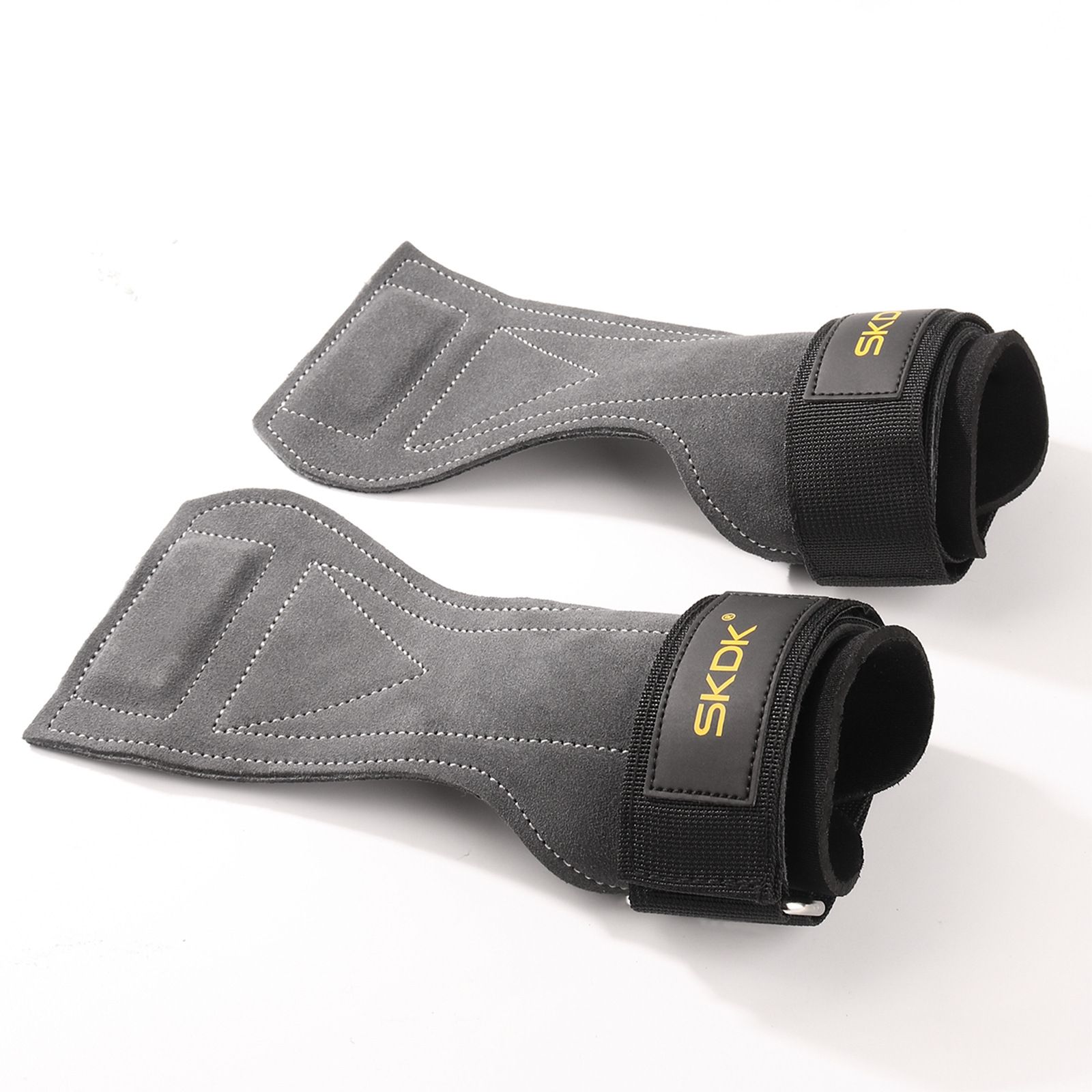
Remember that wrist guards should fit snugly without restricting circulation or movement. They should cover the wrist joint and extend partially up the forearm for comprehensive protection. Many players prefer to try on wrist guards while holding a lacrosse stick to ensure they don’t interfere with grip or stick handling.
Tips for Achieving the Perfect Fit
- Measure your wrist circumference at the widest point
- Consider your forearm length for guards with extended coverage
- Account for any protective gear worn underneath
- Test the range of motion with the guards on
- Check for any pressure points or areas of discomfort
How does proper sizing impact the effectiveness of wrist guards? Well-fitted guards not only provide better protection but also enhance player comfort and confidence, potentially improving overall performance on the field.
Maintenance and Care of Lacrosse Wrist Guards
Proper maintenance of lacrosse wrist guards is essential for ensuring their longevity and continued effectiveness. Regular cleaning helps prevent the buildup of bacteria and odors, while proper storage protects the guards from damage when not in use.

Most wrist guards can be cleaned with mild soap and water. It’s important to air dry them thoroughly to prevent mold and mildew growth. For guards with removable padding, separate the components for more thorough cleaning. Avoid using harsh chemicals or machine washing, as these can degrade the materials and compromise the guard’s protective qualities.
Maintenance Best Practices
- Clean guards after each use to remove sweat and dirt
- Inspect regularly for signs of wear or damage
- Store in a cool, dry place away from direct sunlight
- Replace guards when they show significant wear or loss of protective qualities
- Follow manufacturer’s care instructions for specific models
Can proper maintenance extend the life of your wrist guards? Absolutely. Regular care not only keeps your guards hygienic but can also help maintain their structural integrity, ensuring they provide optimal protection for a longer period.
Balancing Protection and Performance in Lacrosse Wrist Guards
Choosing the right lacrosse wrist guards often involves striking a balance between protection and performance. While maximum protection is crucial for safety, it’s equally important to maintain the flexibility and dexterity required for effective stick handling and passing.

Consider your playing style and position when weighing these factors. Defensive players may prioritize robust protection, while offensive players might lean towards guards that offer more freedom of movement. Many modern wrist guards incorporate design elements that aim to provide the best of both worlds, such as strategic placement of rigid protection and flexible zones.
Factors to Consider in the Protection-Performance Balance
- Level of physical contact in your position
- Importance of stick skills in your role
- Personal comfort preferences
- Weather conditions during play
- Specific league or team requirements
How do professional lacrosse players approach this balance? Many pros opt for custom-fitted guards that provide tailored protection without sacrificing the feel and control they need for high-level play. While custom options may not be feasible for all players, their approach underscores the importance of finding guards that complement your individual playing style.
The Role of Technology in Modern Lacrosse Wrist Guards
Advancements in materials science and design technology have significantly improved the quality and effectiveness of lacrosse wrist guards. Many manufacturers now incorporate cutting-edge features that enhance protection, comfort, and performance.

Impact-dispersing foams, originally developed for military applications, are being used to absorb and distribute shock more effectively. Some guards feature temperature-regulating materials that help maintain comfort in various weather conditions. Ergonomic designs based on 3D modeling of the human wrist aim to provide a more natural fit and improved range of motion.
Innovative Features in Modern Wrist Guards
- Smart fabrics that adapt to body temperature
- Lightweight, high-strength composite materials
- Ventilation systems for improved airflow
- Antimicrobial treatments for odor control
- Customizable protection zones
Will future lacrosse wrist guards incorporate sensor technology? As wearable tech becomes more prevalent in sports, it’s possible that future guards may include sensors to track impact forces or provide real-time feedback on player movements, offering new insights for training and injury prevention.
Choosing the right lacrosse wrist guards is a crucial decision that impacts both safety and performance on the field. By considering factors such as playing style, position, protection needs, and personal preferences, players can select guards that offer optimal protection without compromising their ability to perform at their best. Remember to prioritize proper fit, regular maintenance, and replacement when necessary to ensure continued effectiveness. As technology continues to advance, we can expect even more innovative solutions that enhance the balance between protection and performance in lacrosse wrist guards.

Consider the Type of Lacrosse You Play When Choosing Wrist Guards
The type of lacrosse you play is a key factor in determining the right wrist guards for your needs. Field lacrosse, such as men’s and women’s lacrosse, requires maximum protection on the wrists from checks and contact. Look for rigid plastic shells covering the vulnerable wrist bones from all angles. Box lacrosse and indoor lacrosse involve constant physical contact with walls, sticks, and other players in a confined space. Prioritize flexible yet sturdy wrist guards that allow a full range of motion for handling the stick while shielding from bruising impacts. If you play goalie, look for extended cuffs and thicker padding to protect against the high velocity shots you’ll face. Women tend to have more narrow wrists than men, so be sure to buy women’s specific guards for a contoured fit if needed. The level of play is also important – elite travel teams and high school varsity players may want more heavy-duty protection than a casual youth league player just learning the game. Ultimately the wrist guards that work best depend on your position, league rules, age level, and whether you play an indoor or outdoor version of this fast-paced, high intensity sport. Doing your homework on the demands of your specific version of lacrosse is step one towards getting the right protective gear.
Determine Your Protection Needs When Selecting Lacrosse Wrist Guards

The amount of protection you need is another key factor when choosing lacrosse wrist guards. Consider your position – midfielders and attackmen who handle frequent checks need maximum shielding on the vulnerable outer wrist and forearm area. Defenders also take a beating with their sticks on crosses and blocks, warranting sturdy wrist guards. Goaltenders have a high risk of injury from the sheer velocity of shots, making rigid cuffs that encase the entire wrist and forearm essential. Even players who don’t take direct checks like forwards benefit from wrist guards as protection from incidental contact and bruising during scrums or loose ball battles. Beyond position, your age and size are important – younger players with developing bones and muscles require more protection than physically mature athletes. Smaller players are also more susceptible to injury when facing larger opponents. The competitive level of your league should be weighed as well – an elite travel team player faces more intense game action than a local youth house league. If you’ve sustained wrist injuries in the past, opt for guards with thicker padding or plastic shells to prevent re-injury. Consider how frequently you play too – everyday use requires greater durability and protection than occasional play. Taking the time to realistically assess your protection needs based on your lacrosse-specific risks will ensure you get guards that offer necessary protection without unnecessary bulk.
Choose Between Hard and Soft Shell Lacrosse Wrist Guards

When shopping for lacrosse wrist guards, you’ll have to decide between models with hard outer plastic shells or soft padded protection. Hard shell guards provide the ultimate protection, using rigid plastic exteriors to shield the vulnerable wrist bones and tendons from direct checks and collisions. They tend to feature thick foam or gel padding underneath the plastic for comfort. Hard shells are ideal for positions like defensemen and goalies who take the brunt of constant physical contact. The solid exterior better withstands the wear and tear from repeated impacts as well. Downsides are reduced breathability, mobility, and flexibility compared to soft guards. Soft shell guards offer padding without the exterior plastic shell. High density foam or compression sleeves cushion the wrist against bruising while maintaining breathability. Soft guards allow for more dexterity in stick handling and passing. The lack of rigid exterior does sacrifice some protection, so soft guards work best for players looking for moderate shielding during incidental contact. Many guards feature a hybrid design with plastic shields over high impact zones like the wrist bone and soft fabric in flexible areas for the best of both worlds. Consider your position, the amount of contact in games, and the need for dexterity when choosing between the armored protection of hard shells versus the flexibility and comfort of soft shell padding.
Look for Adjustable Straps When Selecting Lacrosse Wrist Guards
One key feature to look for when shopping for lacrosse wrist guards are adjustable straps that ensure a snug, stable fit during intense game action. Guards with Velcro closures allow you to customize the tightness for a perfect fit. This prevents the pads from sliding around or shifting out of place when checking, passing, or shooting. Proper compression against the wrist and forearm maximizes the protective capabilities of the padding. Tight straps also prohibit gaps that could leave you vulnerable to direct impact on the skin. Some guards feature non-adjustable elastic bands, but these may loosen over time with repeated use. Opt for durable Velcro straps that can be tweaked as needed over the life of the guards. Straps placed at multiple points down the length of the guard typically provide better stability than a single strap closure. This keeps the guard anchored in proper position even when slashing vigorously. For goalies, extended wrist cuffs with full forearm straps are critical to seal out glancing shots that can pinch between the glove and guard. Considering adjustable and well-placed straps ensures your wrist guards stay exactly where you need them on your wrist, maximizing their protective powers during intense game play.
Prioritize Mobility and Flexibility in Lacrosse Wrist Guards
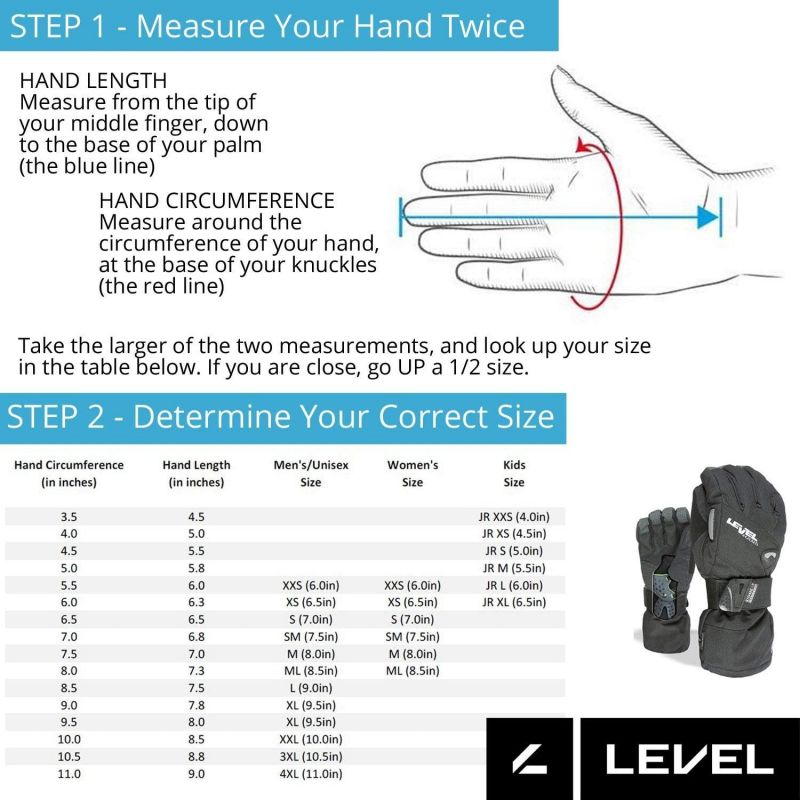
When selecting lacrosse wrist guards, be sure to prioritize mobility and flexibility so your protection doesn’t hinder handling the stick. Rigid, bulky guards can restrict range of motion for passing, catching, and shooting. Look for padding that compresses and moves with your wrist rather than constricting natural movement. Guards with flexible cuffs allow you to bend your wrist for scooping ground balls and cradling easily. Breathable materials like perforated neoprene promote airflow to keep guards from getting stiff in hot weather when sweat can make thick padding chafe. Guards with elastic Lycra bindings offer more give when flexing than models with firm plastic shells. Some feature strategically placed padding over impact zones while leaving joints and the palm open for dexterity. Trying guards on while mimicking lacrosse moves ensures you can move freely without obstruction before purchasing. Prioritizing lightweight, breathable materials over rigid plastic also enhances mobility. The right lacrosse wrist guards should move with you seamlessly, not hinder the lightning quick reflexes and handling needed to excel in this fast-paced game. Choosing protection focused on flexibility as well as protection ensures you stay agile on the field.
Choose Lightweight Lacrosse Wrist Guards to Prevent Fatigue
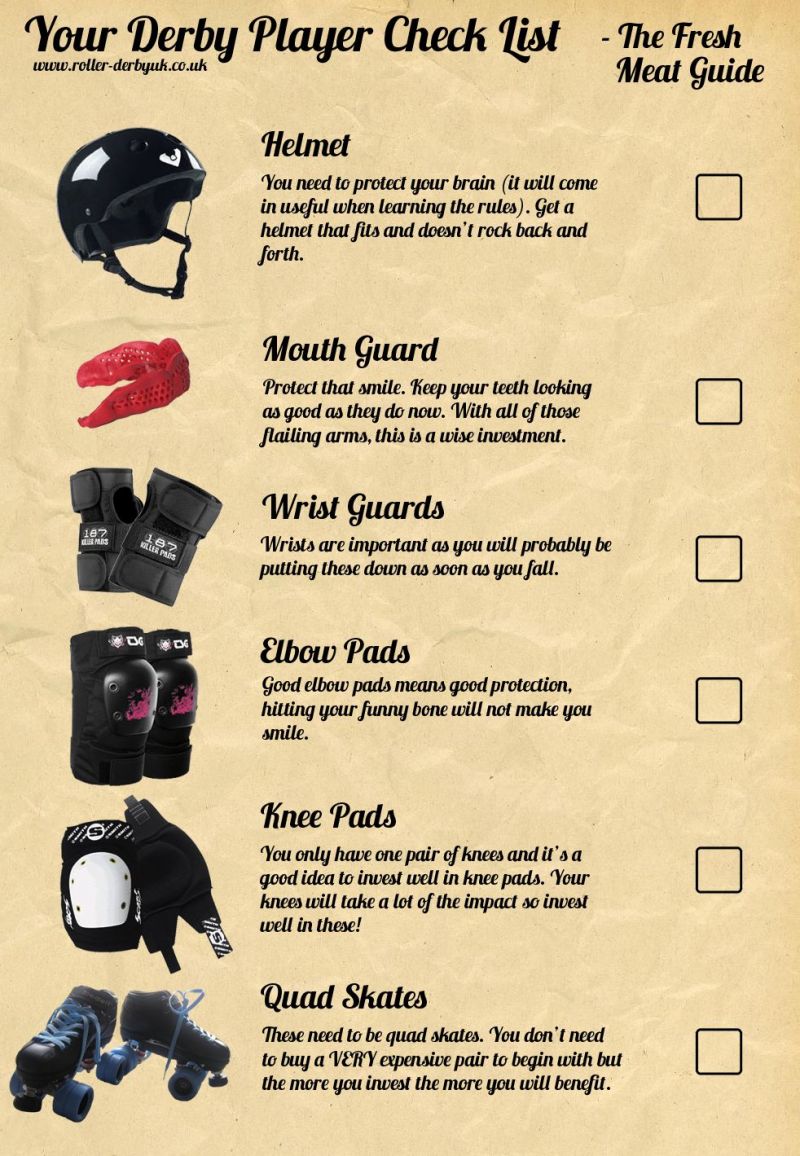
When shopping for lacrosse wrist guards, opt for lightweight construction to prevent fatigue during games and practices. Bulky, heavy guards can weigh down your arms over time, draining energy better spent on the field. Newer guards feature perforated plastic shells with strategic cutouts to shed excess weight without sacrificing protection. Thin yet dense foam padding is another way companies reduce bulk while maintaining cushioning ability. Compression sleeve style guards are also extremely lightweight and low profile while still absorbing bruising impacts. Lighter materials like breathable mesh and flexible Lycra binding shave precious ounces off traditional designs as well. Since lacrosse requires constant motion, from cradling and passing to checking and defending, ounces make a difference over 48 minute games. Don’t just look at the weight, but test the feel with your stick and range of motion. Move your wrists vigorously to ensure lighter guards don’t bounce or slide out of position. The ideal lacrosse wrist guards offer full protective coverage without tiring out your arms, keeping you aggressive and quick right up to the final whistle.
Ensure Breathability for Comfort in Lacrosse Wrist Guards
When choosing lacrosse wrist guards, be sure to select options with breathable construction for comfort during intense games. The constant motion of lacrosse leads to profuse sweating, especially on hot sunny fields. Guards with non-breathable materials can cause sweat buildup leading to chafing and irritation. Look for guards made of moisture-wicking fabrics like lightweight mesh or microfiber. These pull sweat away from the skin while allowing air circulation to keep you cool and dry. Perforated plastic shells or padding with strategic ventilation holes also promote airflow. Some models feature mesh panels over heat zones like the inner wrist while providing protective padding only where needed. Breathable compression sleeve style guards keep the wrist comfy all game long as well. Try wearing different guards while mimicking lacrosse movements to test breathability. Make sure heavier padding has moisture control properties to avoid swampy moisture buildup. Proper ventilation not only keeps you cooler, but helps prevent bacterial growth from sweat residue. The best lacrosse wrist guards offer both flexible protection and breathability to remain comfortable all 48 minutes.
Select Lacrosse Wrist Guards that Wick Moisture

When shopping for lacrosse wrist guards, look for moisture wicking properties to keep hands dry during intense play. The combination of sunlight and constant motion make lacrosse players prone to sweating, especially on the wrists underneath bulky protective padding. Excess moisture can lead to chafing and irritation over time. Guards made with lightweight polyester microfiber pull sweat away from the skin and towards the surface where it can evaporate quicker. Mesh panels also provide moisture wicking by enhancing breathability and airflow. Some guards feature anti-microbial treatments to the fabric to inhibit the growth of odor and bacteria caused by trapped sweat. Compression sleeve style guards keep the wrist tightly wrapped while using wicking fabrics to dissipate perspiration. Try on different guard styles and mimic lacrosse movements to test the moisture wicking capabilities before purchasing. Quick drying, sweat-wicking wrist guards are essential during intense lacrosse games to avoid discomfort or compromised grip on your stick. Keeping wrists dry and comfortable allows players to maintain focus on the field.
Pick Lacrosse Wrist Guards that Match Your Team Uniform
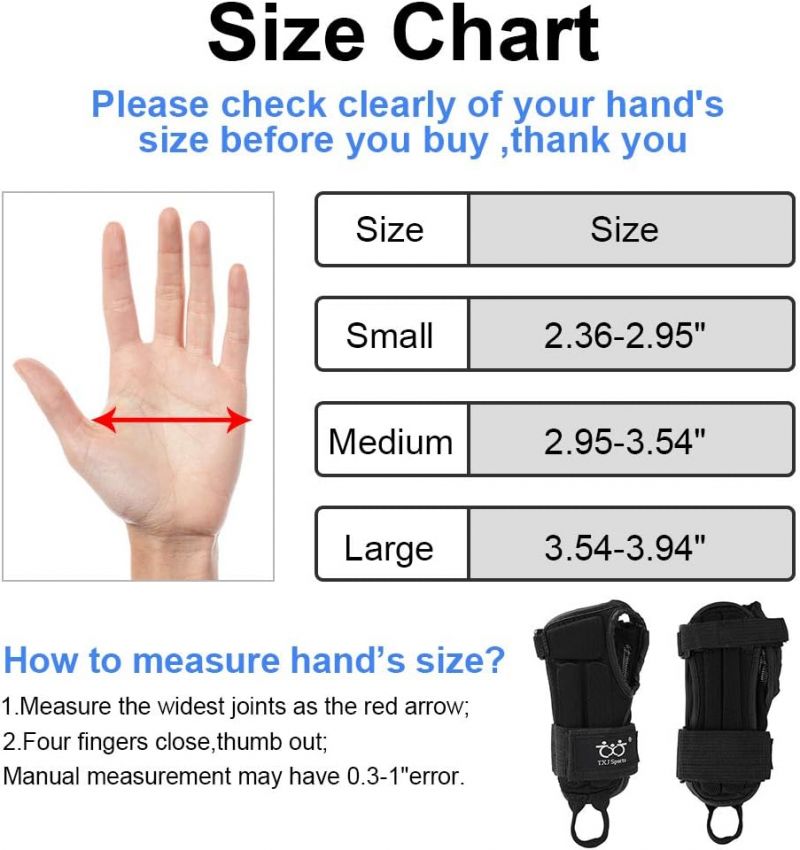
When selecting wrist guards for lacrosse, consider picking a style that matches your team colors and uniform. Most guards come in a variety of color options from basic black to bright patterns and team colors. Matching your gear to team jerseys and shorts creates a unified look on the field. Coordinate with the team to choose a wrist guard color that complements your existing uniforms. Guards that clash with colors can appear fragmented and disjointed. Darker neutral colors like black, navy and grey tend to match most any uniform combination. Bold guards in team hues make a strong statement of team spirit and pride. Consider picking complementary colors that tie into uniform accents rather than matching exactly. Breaking up solid color uniforms with a splash of contrasting wrist guards can look sharp as well. Just be sure bright colors don’t distract you visually on the field. Taking some wrist shots with your uniform on helps envision how colors will look together before purchasing. With so many color choices available, selecting lacrosse wrist guards is an opportunity to complete your cohesive team look.
Choose Visible Lacrosse Wrist Guard Colors for Safety
When picking lacrosse wrist guards, consider visible colors for enhanced on-field safety. Guards in bright colors like neon yellow or orange make it easier for players to see your hands and react quicker. This prevents accidental checks and slashes that can occur when hands and wrists blend into darker uniforms and equipment. Bold guards also stand out against grass and dirt, especially as gear gets dingy and stained over a season. Visible colors are particularly important for youth and beginner leagues where players are still learning spatial awareness. Goalies also benefit from high visibility guards when extending out of the crease to challenge shooters. Dark gloves layered over dark wrist guards can blend together dangerously. Opt for guards that contrast sharply with your gloves to delineate the separate protection. Just be sure loud colors don’t become too distracting visually when trying to track the ball in play. The right balance of eye-catching visibility without going overboard enhances safety zones around the hands. Lacrosse is fast moving so clear wrist delineation helps all players keep sticks down and hands away from contact.
Compare Prices Between Lacrosse Wrist Guard Brands
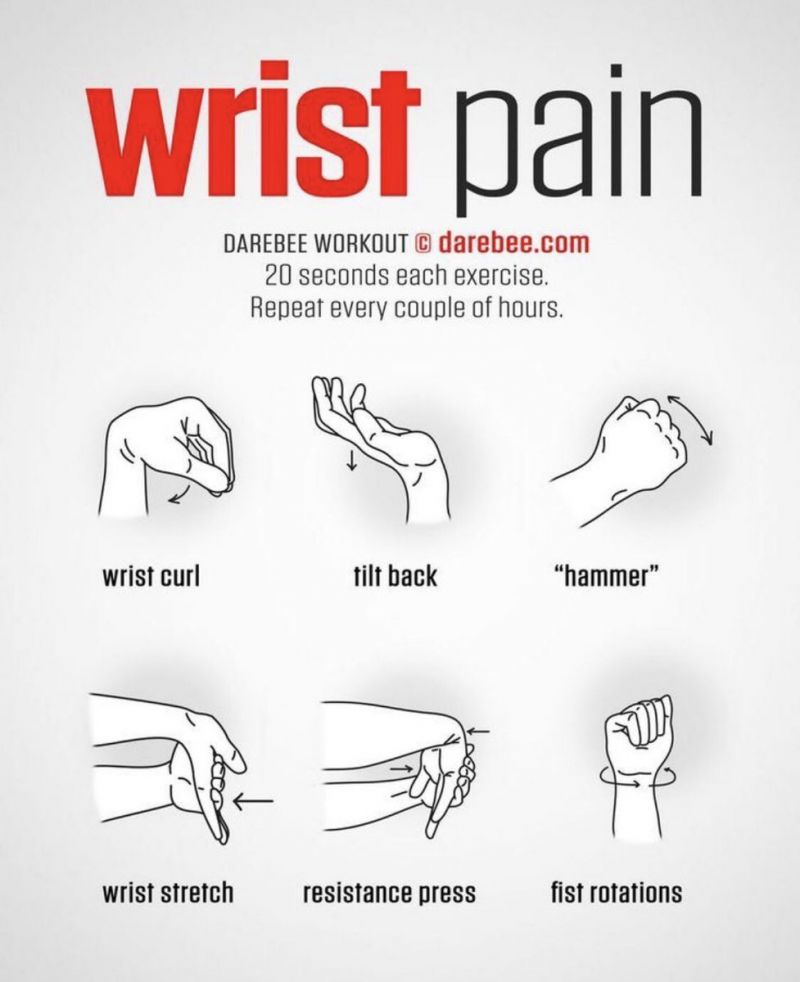
When shopping for lacrosse wrist guards, take the time to compare prices between the major athletic brands to find the best value. Brands like STX, Maverik, Warrior, Brine and Nike all make quality wrist guards, but prices can vary widely between product lines. Generally, flagship pro-level guards will be the most expensive while entry-level and youth models cost less. Consider what features you are willing to pay extra for, like maximum protection, breathable moisture wicking fabrics, adjustable straps, and high-end materials. You can likely save money by giving up some bells and whistles you may not really need. Also look for closeout and prior year markdowns on discontinued colors and styles. Signing up for brand newsletters can alert you to special sales and coupon codes as well. Don’t forget to factor in budget for replacement guards as needed after years of heavy use. Durability does tend to correlate to price. Trying guards on in person allows you to assess fit and feel between brands before ordering. Investing in high quality wrist guards saves money in the long run by preventing injuries that keep you off the field.
Read Online Reviews Before Buying Lacrosse Wrist Guards
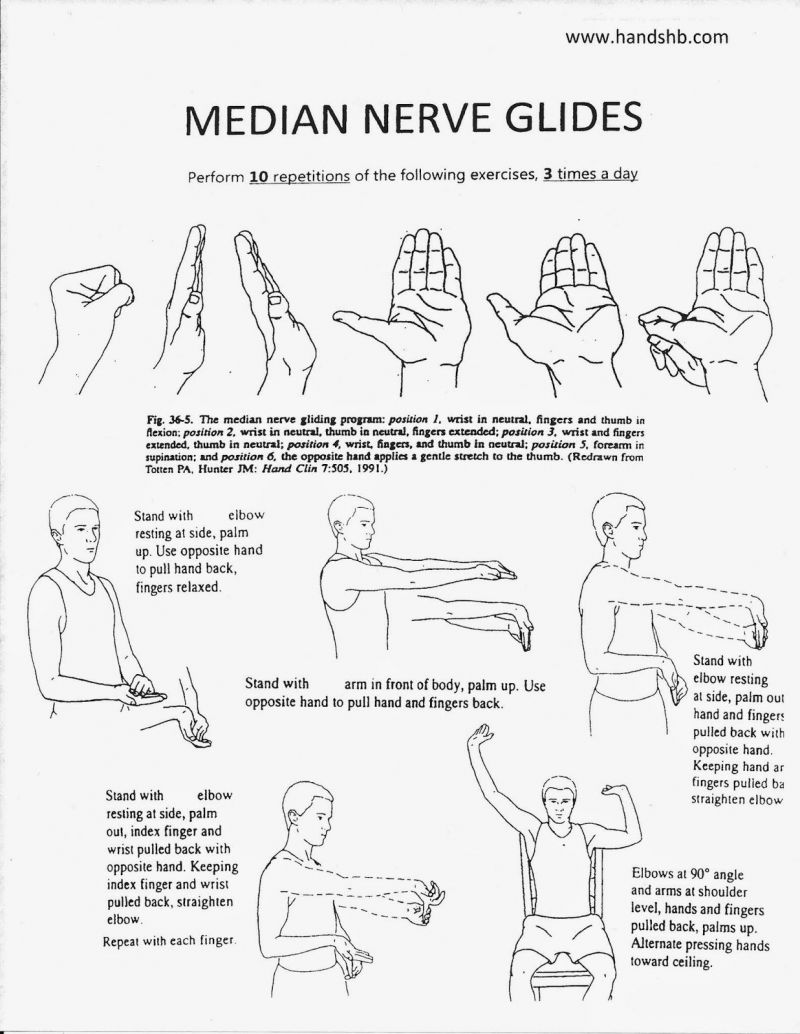
Before purchasing lacrosse wrist guards, take the time to read online customer reviews to guide your buying decision. User submitted reviews on sites like Amazon and lacrosse specialty retailers provide unbiased firsthand accounts of how different guards perform in real game action. Look for consistent feedback on factors like durability, protection, comfort, fit, and mobility from season to season. Check reviews from verified purchasers only and look for patterns in multiple reviews rather than relying on just one or two opinions. Sort by recency as well since newer models may perform differently than older versions. Consider the level of play of reviewers too – competitive high school and college players have different needs than casual youth leaguers. Watch for reviews of guards used specifically for lacrosse as opposed to general sport use. See if common pros and cons emerge for a given brand and model based on user experiences playing your position. Customer photos can also reveal how guards hold up visually over time. Taking the time to research real world feedback helps ensure you select the right lacrosse wrist guards for your specific needs and avoid disappointment.
Check for Warranty Protection on Lacrosse Wrist Guards
When investing in lacrosse wrist guards, be sure to check what warranty protection is offered against defects and damage. The repetitive physicality of lacrosse can wear down gear over time. Look for guards backed by at least a limited 1-year manufacturer’s warranty. This protects against issues like cracked shells, torn stitching, and detached padding that can develop through normal use. Longer multi-year warranties provide more coverage as guards age. Check policy fine print for what is covered and any limitations, like excluding intentional abuse. Understand the warranty claim process and how long repairs or replacements will take. Quick turnaround is key during season. Consider pro shops and retailers that provide their own supplemental guarantees for peace of mind. Choose established lacrosse brands with a reputation for honoring claims. Extended protection plans can provide extra coverage for several years beyond the standard warranty expiration. Consider registering guards upon purchase to streamline future claims. Protecting your lacrosse gear investment with adequate warranty coverage saves hassle and money over the lifespan of the equipment.
Buy Lacrosse Wrist Guards that are Legal for Your League

When selecting wrist guards for lacrosse, be sure to choose options that comply with the equipment rules for your league or level of play. Different youth, high school, college and pro leagues have specific regulations regarding approved guard materials, padding thickness, and allowable cuff length. Hard plastic or metal materials may be prohibited at younger ages but mandated at higher levels. Measure guard dimensions against your league’s official rules to ensure they do not exceed length limits, which range from 2 to 4 inches beyond the wrist bone. Check with coaches or league managers if uncertain. Avoid assuming that branded “lacrosse” guards automatically meet regulations before verifying specifications. The last thing you want is to buy new guards only to have them banned at your first game. Look for guards officially approved by major lacrosse governing bodies like US Lacrosse and the NCAA. Reading online product descriptions and reviews can confirm if a particular model is legal for competition. Taking the time to select compliant guards ensures you can take the field with confidence.
Get Properly Sized Lacrosse Wrist Guards
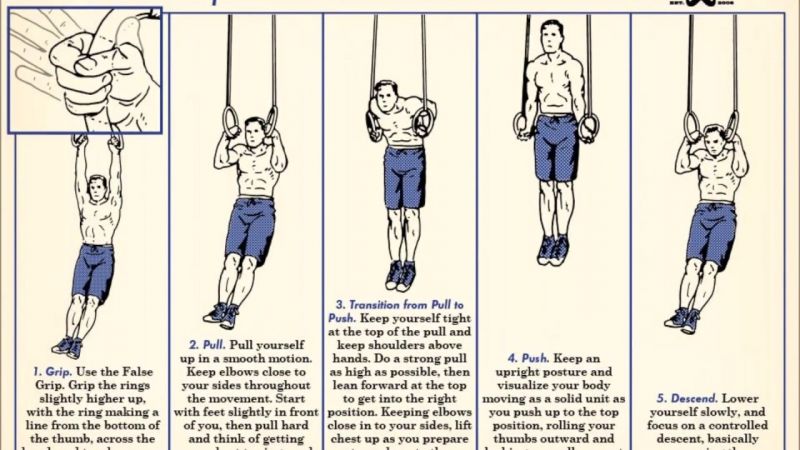
Finding properly fitted lacrosse wrist guards is vital for maximizing protection. Guards that are too loose can shift and slide, exposing parts of your wrist to checks and slashes. Oversized guards also need to be cinched down tighter, compromising circulation and breathability. Guards too small can cut off airflow and feel restrictive during play. Measure your wrist circumference with a tape measure to identify the right size guard per the manufacturer’s sizing chart. Keep in mind your wrist guards must fit over all other equipment and underarm pads. Consider sizing up if you fall between sizes for a little extra room. Trying guards on while holding your stick helps assess range of motion. Walk through lacrosse motions to ensure the guards stay in place and don’t bounce around. Guards should compress snugly without limiting mobility or dexterity. If possible, test options from different brands since sizing varies. An ideal fit means forgetting you are even wearing wrist guards while still benefiting from their protection. Taking the time to get properly sized guards ensures maximum performance and safety game after game.